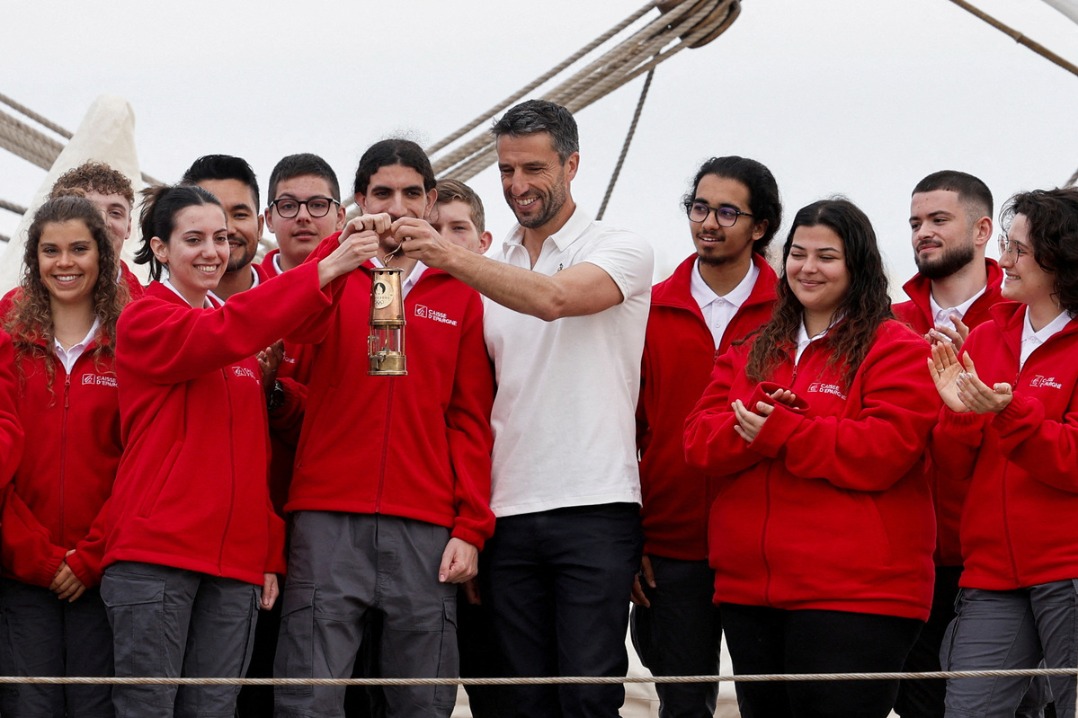Mutual interest develops in heritage restoration
Xinhua | Updated: 2019-03-22 07:35
"It was the first country to engage in an interdisciplinary line of reasoning in this field. It was also in the vanguard on urban conservation, which Italy tabled at the beginning of the 20th century, while the rest of Europe only began to address it in the 1960s," she said.
Also, Italy has "a wealth of art and monuments, which allowed it to apply and demonstrate its theories to the world," said Porfyriou. For the past eight years, she has been working on a comparative project with China on its so-called "water cities", which are comparable to Italy's historic medieval villages, or borghi.
"Some are near Shanghai, so they benefit from tourism. But others have been abandoned, exactly like some of Italy's borghi," she said. "Our project is bilateral and seeks to identify practices allowing both countries to create parallel, similar networks that not only learn from each other but also benefit from an increased awareness that is also inclusive of the local population.
"We found that the local populations are interested: there is the same sensitivity toward history and tradition that exists among the public in Italy," Porfyriou said.
Archaeologist Maria Concetta Laurenti, a professor at the Superior Institute for Conservation and Restoration in Rome, said it is Italy's scholarly and scientific roots that make it a leader in this field.
"We developed this debate earlier than other countries did," Laurenti told Xinhua. "We started thinking about this issue in the 1800s and this ultimately culminated in the setting up of our institute in 1939.
"A need had been felt of giving a scientific foundation to the restoration of works of art. Until then, restoration had been confined to artisans' workshops, where certain methods were jealously guarded secret recipes," Laurenti explained.
Bringing restoration out of the workshop, giving it a scientific basis and founding a school to train restorers to be technicians, not artists, contributed to Italy's leadership in this field, she said.
What distinguishes Italian experts from their Western peers is a sensitivity that goes beyond a scientific assessment of the job. They identify the causes of decay and intervene to limit the damage and restore the piece to a certain condition, Laurenti said.
"We don't recreate, we don't remake, we don't falsify," she said. "A lot also depends on (the individual restorer's) capacity, sensitivity to color, and the sensitivity with which the work is treated. We have developed this sensitivity to a great degree, also thanks to the schools for restoration we have here in Italy."























